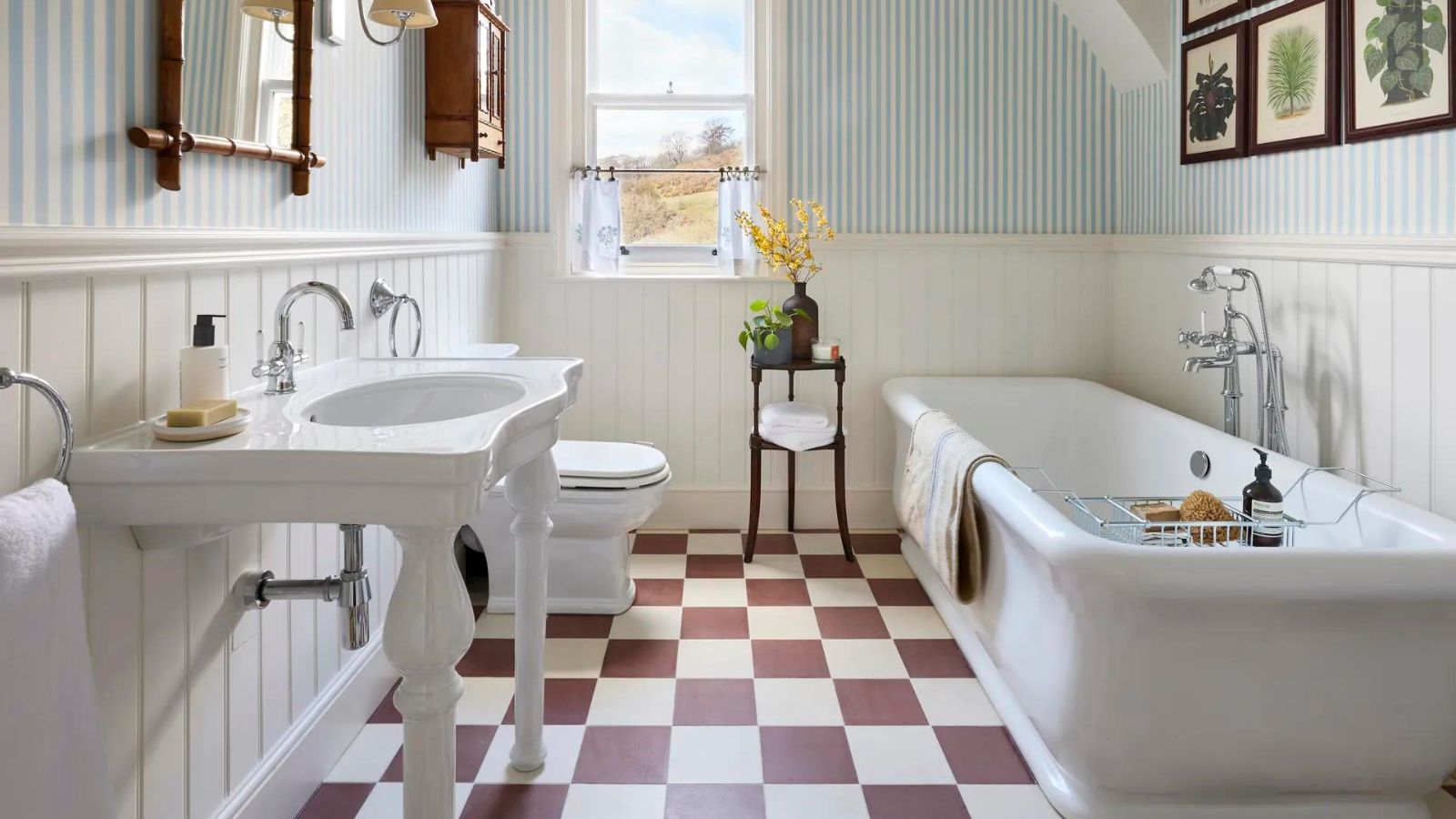
Are you wondering if vinegar kills mold? The quick answer is thankfully, yes. Having mold at home poses a health risk including worsened asthma, and allergic reactions which is why it's important to deal with it promptly.
Finding mold can be stressful but luckily, vinegar can be a highly successful mold eradicator and when used properly, is more effective than harsher chemicals such as bleach.
We spoke to our experts for their cleaning tips on how to use vinegar to kill mold and prevent further growth.
How vinegar works to kill mold
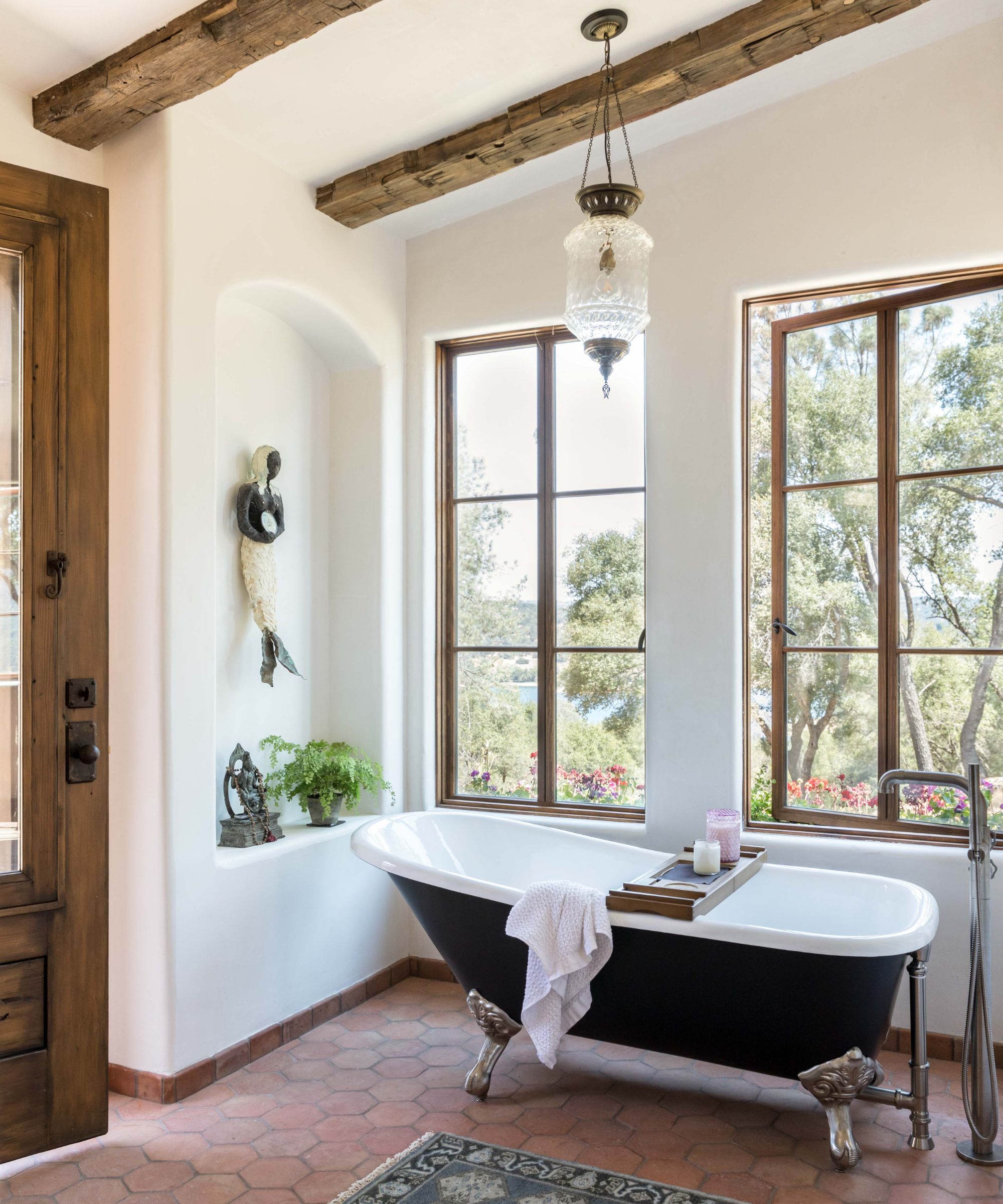
'Vinegar is a versatile, eco-friendly, and effective solution for preventing and treating mold in the home,' says Michael Golubev, CEO of Mold Busters. 'Its natural properties make it a safer alternative to harsh chemicals, suitable for regular use in maintaining a mold-free environment.'
This is because these kinds of vinegar contain roughly 5 to 8% acetic acid, which is known for its antifungal and antibacterial properties, according to the National Library of Medicine. 'It's a mildly acidic product that not only cleans, but deodorizes and disinfects,' says Ken Doty, COO of The Maids. 'It's been known to kill over 80% of different types of mold species.'
It's worth noting, though, that the vinegar experts use to treat mold needs to have a minimum acetic level of at least 4%, according to the U.S. Environmental Protection Agency. Condiment vinegar found in stores is typically 95% water, with a 5% acetic acid content, whereas cleaning vinegar is usually about 6%, so both are fine to use.
The acetic acid content of vinegar creates an inhospitable environment for mold growth and disrupts its structure. 'This inhibits its return, making it a safe and eco-friendly option for maintaining a mold-free environment,' says Michael Gottron, owner of Germicidal Maids, so you can get rid of bathroom ceiling mold for good.
We recommend using the #1 Top Rated 365 by Whole Foods Market Organic White Distilled Vinegar available at Amazon, as it's USDA Organic with a 5% acidity, and is rated five stars by 85% of shoppers.
What you will need

If you want to use vinegar to kill mold in your home, here's what you need to get started:
- White distilled vinegar or cleaning vinegar
- A spray bottle, to apply the vinegar, or a vinegar and water solution mixed at a 1:1 ratio, directly to mold. It is usually recommended to just use the vinegar undiluted for maximum efficacy
- A cleaning brush, for scrubbing mold away
- A microfiber cloth, for wiping the surface dry afterwards
- N-95 or comparable face mask as breathing in mold can be harmful, as spores may trigger allergic reactions and respiratory problems
- Goggles, as mold can cause a number of eye infections such as Keratitis
- Gloves, to prevent irritation, rashes and inflammation that can be caused by contact between mold and your skin
- Tyvek Suit (or consider wearing old clothes that can be disposed of), as mold spores can grow on your clothing
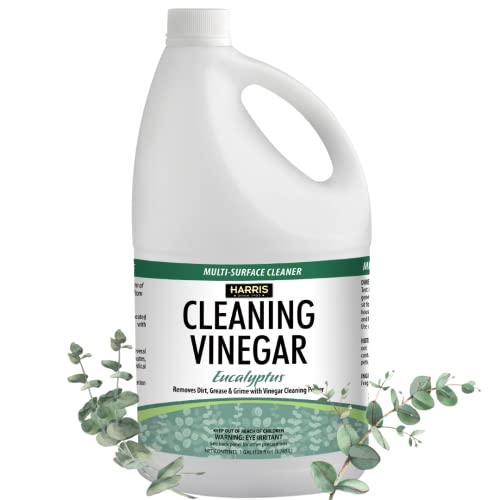
This cleaning vinegar is great if you don't like the smell of vinegar. It doesn't need rinsing and won't leave any residue or streaks on your surfaces so it's perfect for use all around the home.
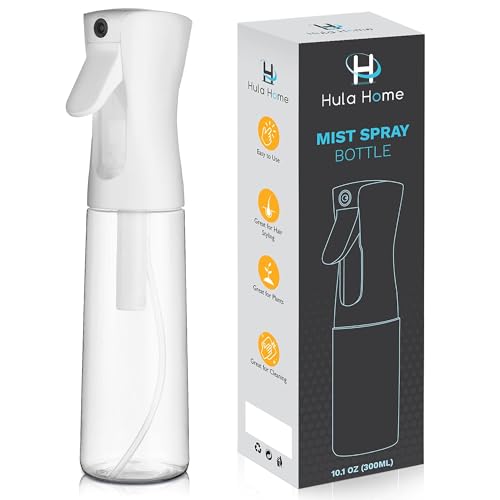
This bottle features a continuous, ultra-fine mist, which makes spraying vinegar easy. It also features a light trigger pull, so is easy and comfortable to use during cleaning tasks.
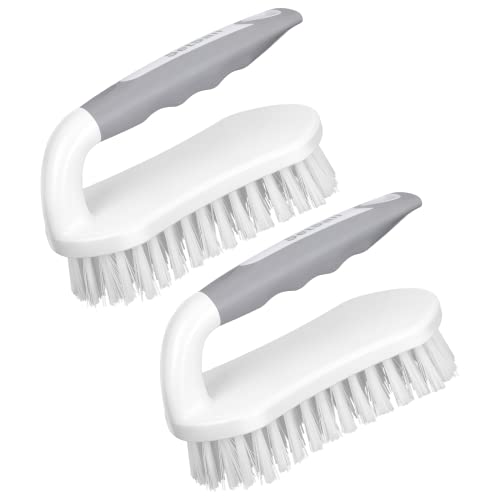
These brushes have stiff, heavy-duty bristles made of firm polypropylene that can withstand strong and thorough scrubbing. They're also easy to use, wash and hang, with curved handles and a convenient hole for storage.
How to use vinegar to kill mold
1. Mix your solution
First, mix equal parts vinegar with water in a spray bottle, then spray a generous amount of the solution directly onto the moldy area. Alternatively, you could just use pure, undiluted vinegar, particularly if dealing with black mold.
'I use undiluted vinegar for this purpose, since you'll ideally want the full cleaning power at your disposal,' says Carolina Kazimierski, co-owner and president of Sophia's Cleaning Service.
2. Give it time to work
'Let the vinegar sit for at least one hour, allowing the vinegar to penetrate and kill the mold,' advises Hashi Mohamed, president of Ivy Cleans.
Scrubbing it too quicky may compromise the vinegar's ability to wipe out the mold.
3. Scrub, rinse and dry
Afterward, scrub the area with a hard bristle brush to remove any remaining mold residue. Then use a clean damp cloth to clear the area. Let the area dry completely to prevent further mold growth, which is especially important when cleaning mold from carpets.
Immediately discard the cloth and brush you used to clean the area, using a thick, sturdy trash bag, such as the Hefty Strong Large Trash Bags available at Amazon. This will help stop the spores spreading elsewhere and setting up shop somewhere else in your home.
If the mold and smell linger after this process, consider using cinnamon to prevent mold alongside your vinegar solution, or consider bringing in professionals to tackle a deeper mold issue,
While using vinegar to kill mold is great for surfaces in the bathroom, such as tiles and bathtubs, it's also fine to use on painted walls, glass, cutting boards and even clothes. You can learn about how to wash towels with vinegar, which are prone to mold due to the humidity of a bathroom, when to add vinegar to laundry, and where to put it in your washing machine.
To prevent mold from returning, regularly apply a vinegar solution once a week to areas prone to dampness, such as bathrooms, kitchens, basements and around windowsills. After you've allowed the solution to sit for 15-20 minutes, wipe the surface dry with a clean cloth.
It's also a good idea to ensure you have proper ventilation in spaces prone to mold and try to reduce humidity levels where possible.
Pros of cleaning mold with vinegar
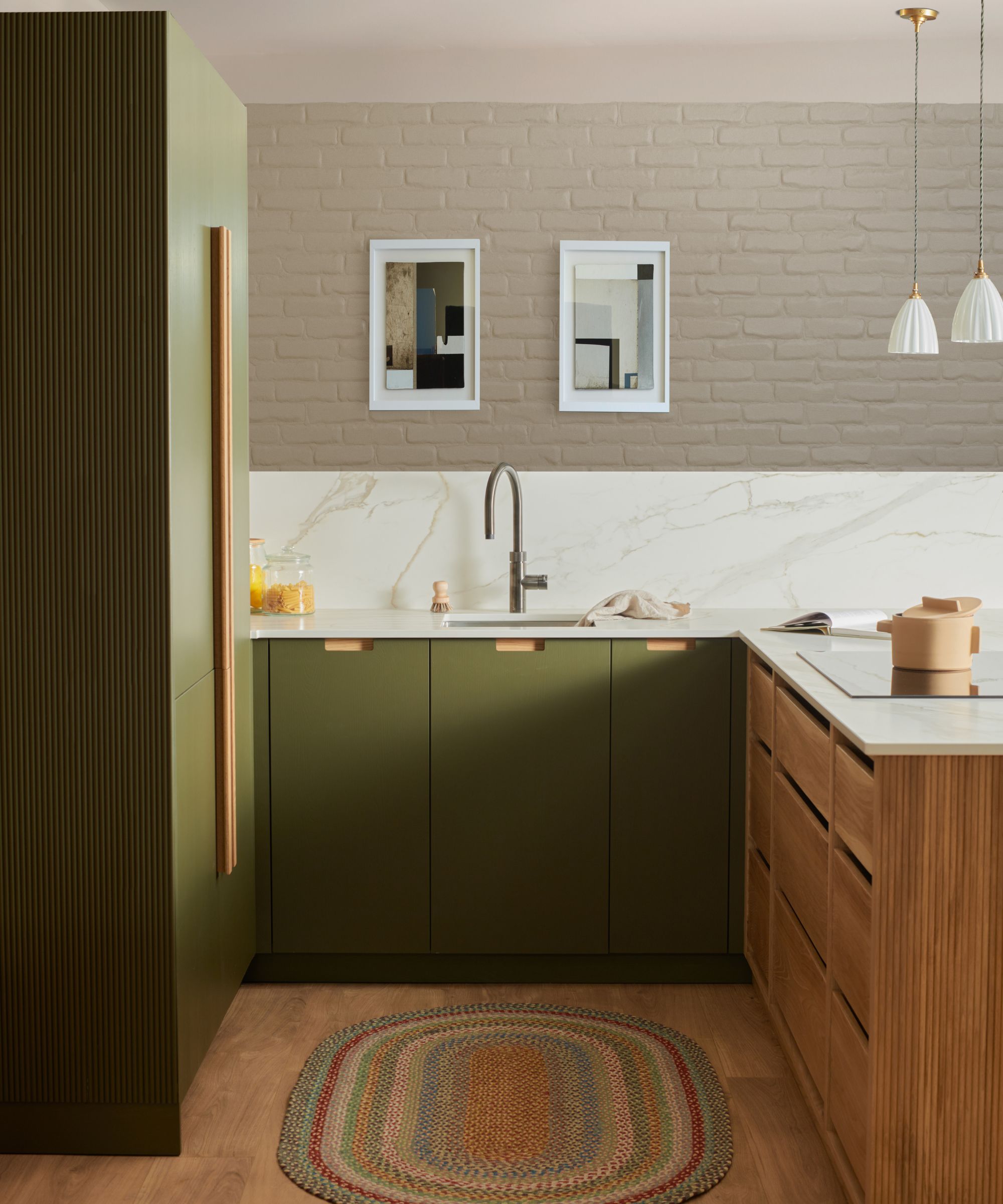
Michael Golubev explains the benefits of using vinegar to banish mold:
- Preventive use: Vinegar can be used as a preventive measure in areas prone to mold growth. Regularly spraying a vinegar solution in damp areas like basements can help inhibit mold growth.
- Air quality improvement: Regular use of vinegar in cleaning can improve indoor air quality by reducing mold spores. This is particularly beneficial for individuals with allergies or respiratory issues. 'I would recommend this alongside a dehumidifier to effectively pull moisture from the area and prevent the mold from returning,' says Kazimierski.
- It's eco-friendly and safe: Vinegar is a safe, non-toxic alternative to chemical mold removers, making it an excellent choice for households with pets and children.
- Combining with other natural ingredients: For enhanced mold-fighting power, vinegar can be combined with other natural ingredients like tea tree oil or hydrogen peroxide. However, always test on a small area first to ensure no damage to surfaces.
What not to do with vinegar
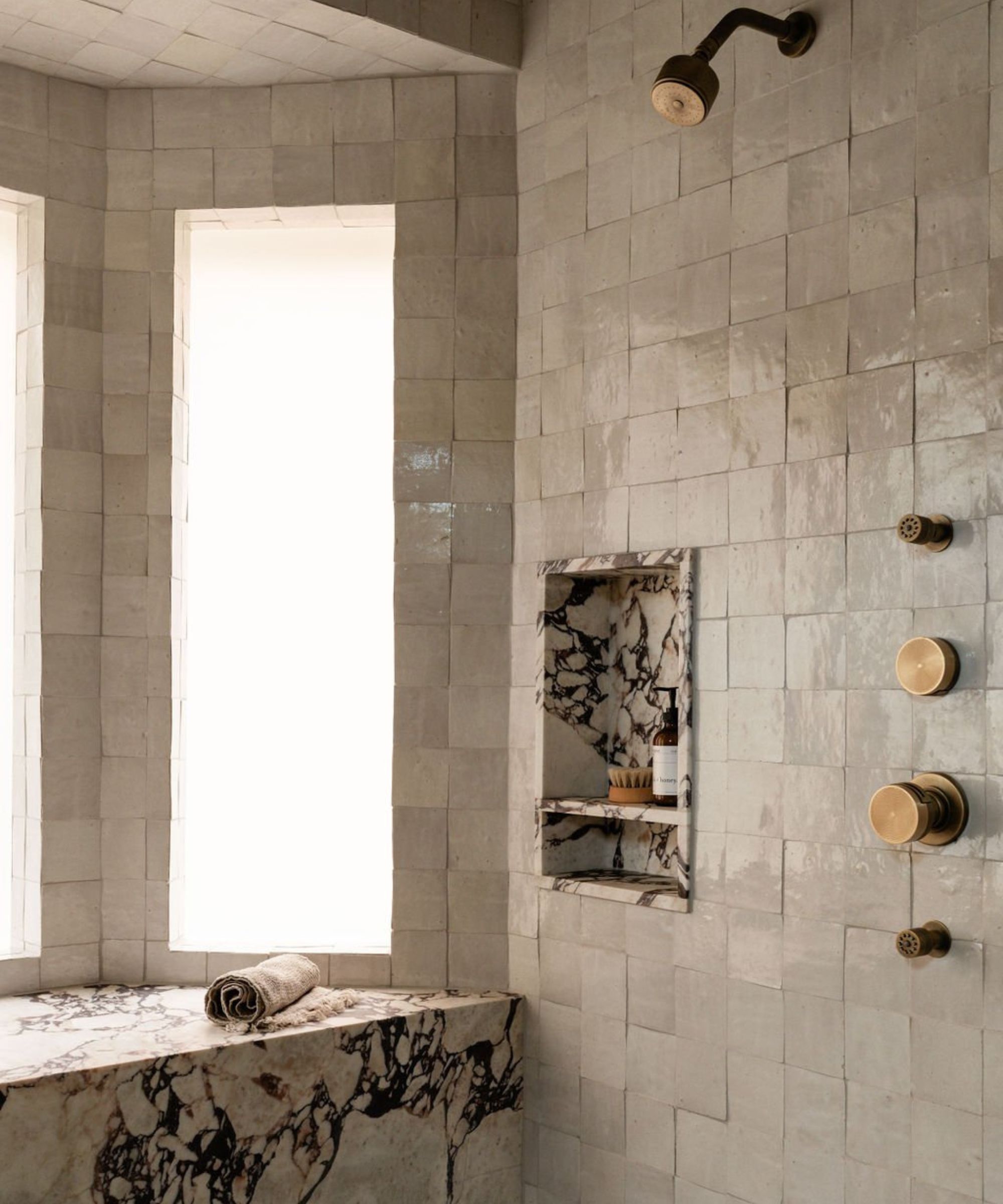
While vinegar is safe to use on most surfaces, there are a few you may want to avoid. Soft surfaces like carpets, rugs, and window coverings aren’t effectively cleaned with vinegar. Similarly, natural stone surfaces and wood flooring can be negatively affected by vinegar as it can dull stones and break down the finish on the wood.
FAQs
Does vinegar kill all types of mold?
While vinegar is effective on many types of mold, especially the most common types of household molds like Cladosporium, it cannot kill every type of mold, according to a study from 2015.
It is highly effective at getting rid of Penicillium chrysogenum, which is most commonly found in damp areas, but not Aspergillus fumigatus, which is typically found in plant matter and soil. While the former is most commonly found in homes, contact an expert if you have any doubts about the specific type of mold you’re dealing with, if you have an extensive mold infestation or toxic black mold to ensure safe and complete removal.
When should I call professionals for help with mold?
The EPA states that if the moldy area is larger than 10 square feet, you should leave the cleaning to the experts. Additionally, the EPA suggests making sure the professionals you hire are well-versed in dealing with mold eradication and water damage to make sure the problem is completely taken care of and not worsened or spread.
Can I mix vinegar with other cleaning agents for better results?
It's important not to mix vinegar with bleach or hydrogen peroxide. These are cleaning products you should never combine, as they can produce harmful chlorine gas together.
Vinegar works well on its own or diluted with water, but you could also add a few drops of essential oils like tea tree or lavender. These have antifungal properties and can enhance the vinegar's ability to fight mold.
Can vinegar remove mold stains?
While vinegar is effective at killing mold, it might not completely remove mold stains. For persistent stains, you can scrub the area with a traditional household cleaner, such as the Method Antibacterial All-Purpose Cleaner available at Walmart, baking soda, or a mixture of vinegar and baking soda. Apply a baking soda paste to the stained area, let it sit for a few minutes, then scrub with a brush and rinse with water.
As well as using it to kill mold, there are so many things around the house you can clean with vinegar too.







